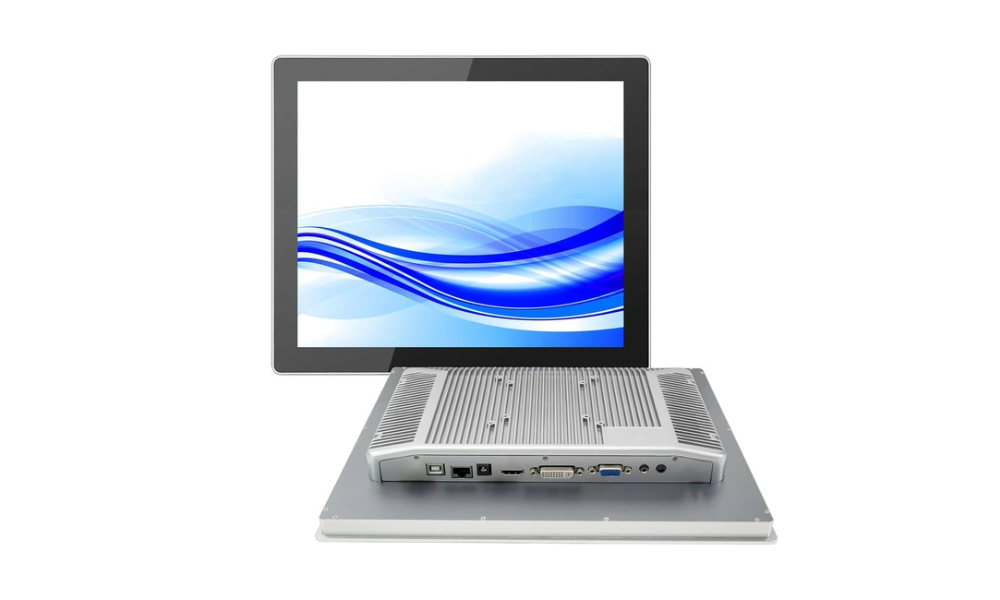Key Features of Industrial Displays
Beyond the screen technology, several key features define an industrial-grade monitor and contribute to its longevity and reliability.
- Rugged Construction: These monitors are built with steel or metal chassis to withstand physical impact and prolonged vibration . Many carry IK ratings (like IK08) that certify their resistance to impacts from tools or other objects .
- Environmental Sealing: A high Ingress Protection (IP) rating, such as IP65 or IP66, is standard . This means the display is fully protected against dust and can withstand jets of water, allowing it to be sprayed clean and used in damp or dirty environments .
- Extended Temperature Ranges: Unlike consumer monitors, industrial displays are built to operate in a wide range of temperatures, often from -20°C to 60°C, ensuring reliability in non-climate-controlled settings .
- High Brightness & Readability: For locations with bright ambient light or direct sunlight, high-brightness models are available. These can reach 400 nits for bright indoor areas or up to 1000 nits for true sunlight readability .
Benefits for Gaming and Kiosk Applications
The robust design of industrial touchscreen monitors directly translates to significant benefits for gaming and kiosk use.
- Built for 24/7 Operation: Industrial monitors are designed with a high Mean Time Between Failures (MTBF) and components rated for continuous operation, which is essential for kiosks or gaming machines that run all day and night
- Reduced Maintenance and Downtime: The combination of a rugged build, environmental sealing, and durable touch technology means these displays are less likely to fail or suffer damage, leading to lower maintenance costs and higher uptime
- Enhanced User Interaction: A responsive, high-quality touch interface creates a smooth and engaging experience for users, whether they are playing a game or placing an order at a self-service kiosk
